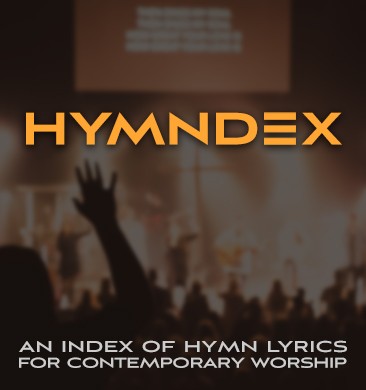I recently visited a small church that has a lot going for it – a healthy congregation with a wide range of ages (if you have mostly old people or mostly young people in your church, it isn’t healthy,) a fantastic young preacher and a talented worship leader. This ministry is poised to boom. I’ve been sharing a few simple things (common to most smaller ministries I’ve visited) that, with improvement, would enhance the church as they move to the next level:
3. Get your sound right. Bad sound is an often overlooked problem in smaller churches and it’s one that should not be ignored. Sound is the hub of the contemporary music wheel, your band members are the spokes.
I was impressed a small ministry like this could have a full band of volunteers that sounded quite good. Actually, they played quite good and didn’t sound so great (the worship leader admitted they’re trying to find consistent sound people.) You could mainly hear drums, then the worship leader’s vocal, then a barely audible keyboard and guitar and absolutely no bass (they had two big subs in the room so that wasn’t the problem.) I don’t think EQ was even a consideration.
It was simply a lousy mix – and that can make even the best praise band in town sound awful. I visited this church with a non-musical friend who later commented their music wasn’t that good. I replied that it actually was, but the poor sound made it seem like the music was off.
One common issue is churches are typically sold a soundboard by their “helpful” local music store that could be used to pilot Sir Richard Branson’s Virgin Galactic spacecraft. These things are simply too complex to be run by a weekend volunteer. It’s common for a big church to hire a full-time soundperson, but most of us don’t have that luxury. So how can a small church get the best sound possible?
Hear the room mix for yourself. During rehearsal get somebody to lead worship for you while you stand at the soundboard and listen. You may not be technical but you’re a musician, right? You know what sounds good and what doesn’t. Use common sense. Walk around the room. Do you hear enough bass? Are the drums overpowering? Where’s the keyboard pad? Why does the worship leader’s voice not sit on top of the mix? (It needs to be compressed so the mic equalizes the volume of both soft and loud notes so every word can be heard.) Get familiar enough with that space-age soundboard so you can make some simple corrections.
Hire a pro for a one-time clinic. Have a special night where your entire praise team gathers for a rehearsal (make it fun and order pizza!) Bring in a sound pro and have him/her mix your team in various configurations. Those amazing mixing boards can save presets – create pre-saved mixes based on your typical Sunday praise team setups (maybe an acoustic setting, a full band setting, a praise team setting and a single worship leader setting.) This way a volunteer can bring up the pro’s basic mixes and learn to tweak the settings as needed.
Bad sound can be overwhelming for a worship leader – put that complicated mixing board to good use and use technology to simulate a pro behind the faders.





